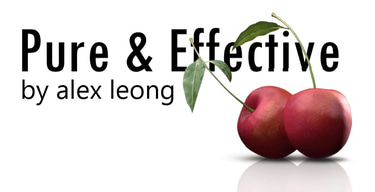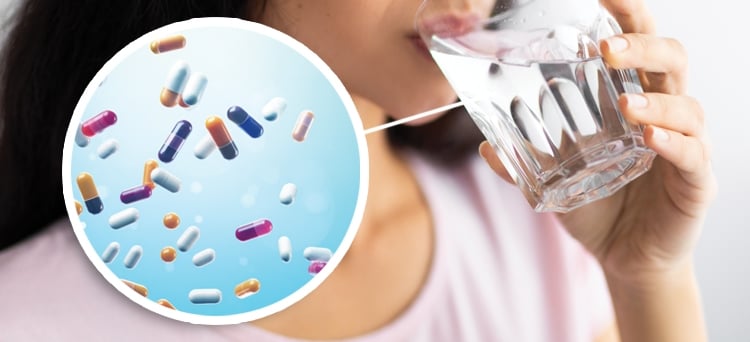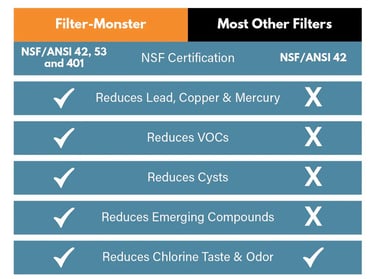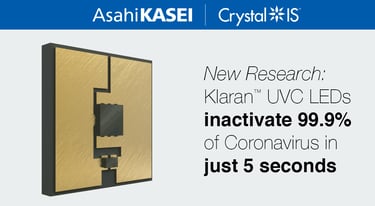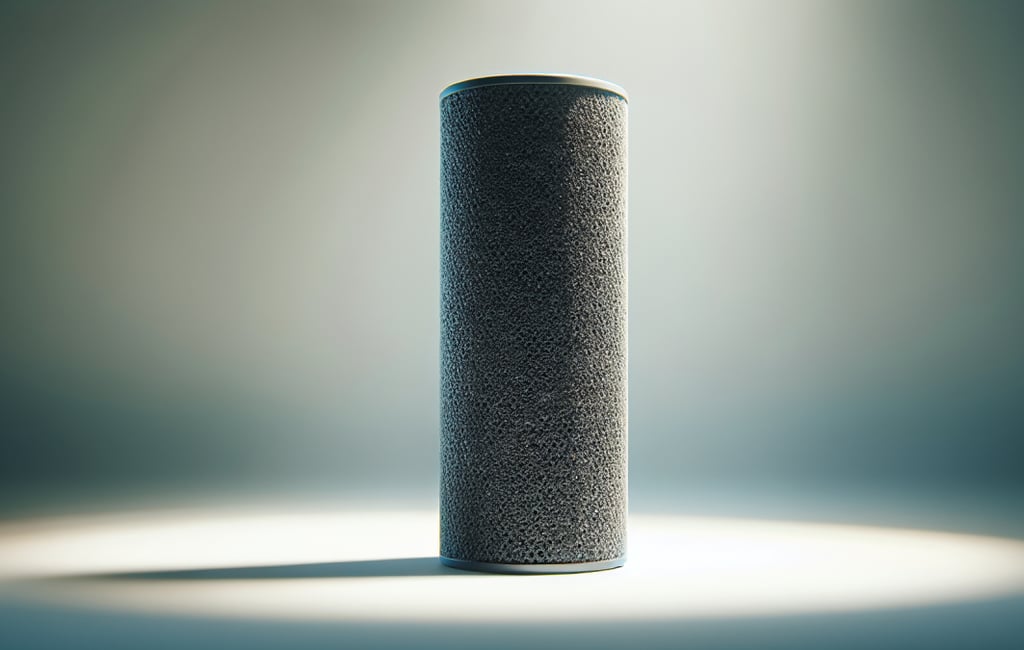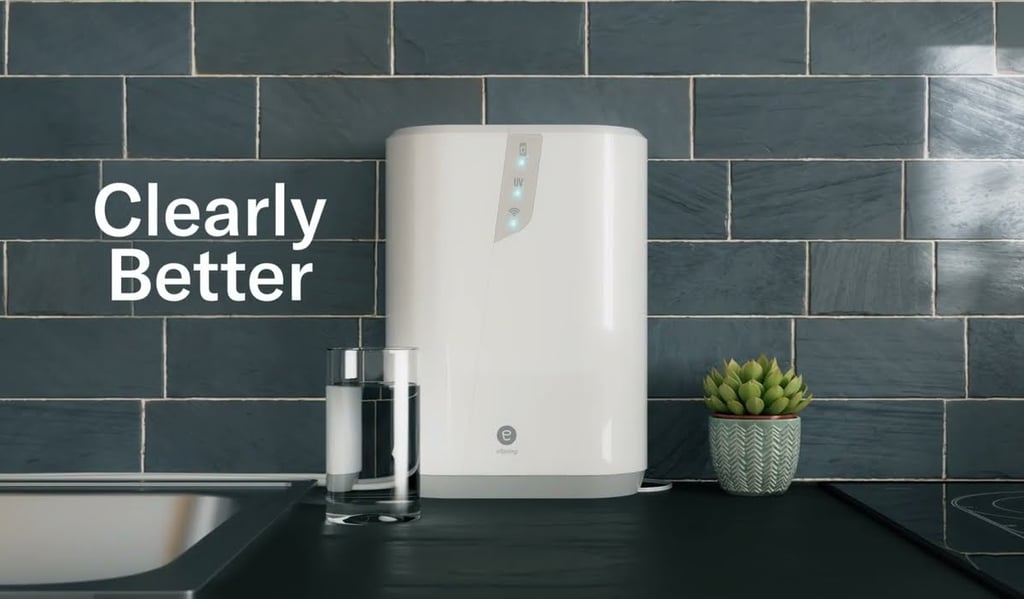Read This Before You Buy Any Water Filtration System!
Did you know that nearly 2 billion people lack access to safely managed drinking water? In our modern world, ensuring the purity of your water is more crucial than ever. Water is essential, but getting safe, clean drinking water is no longer as simple as turning on the tap. Boiling water may kill harmful microorganisms, but it doesn’t remove chemicals, heavy metals, or pharmaceuticals.
Similarly, bottled water isn't always a healthier option; it may contain microplastics or leach chemicals from its packaging. In fact, a 2018 study found that 93% of 259 bottled waters contained microplastics, and more recently, a 2024 study reported that there are an alarming average of 240,000 tiny pieces of plastic in every liter of bottled water!
Given this reality, investing in a high-quality water filtration system is no longer a luxury but a necessity. The right system can remove a wide range of contaminants, ensuring the water you drink is as clean, safe, and healthy. Regardless of your budget, it’s vital to keep the focus on achieving water purity and safety, as that’s the primary goal of any filtration system.
1. Water Filtration Systems in the Market Today
Not all water filtration systems are created equal, and prices can vary widely. However, with these price differences come significant variations in technology, design, and performance. You can't compare a simple carbon block filter costing RM50 with a system worth RM500 or RM2,000, let alone one that costs RM5,000. Price often reflects:
Quality of filtration technology
Number of contaminants filtered
Verified standards (such as NSF certifications)
Additional features (like build quality, aesthetic appeal, app connectivity, smart monitoring systems, or hassle-free installation and maintenance)
When looking for a water filtration system, it's essential to understand the range of options available and what each one offers.
With this understanding in mind, let’s explore the various types of filtration systems available today, each designed to meet different needs and preferences for clean, safe drinking water.
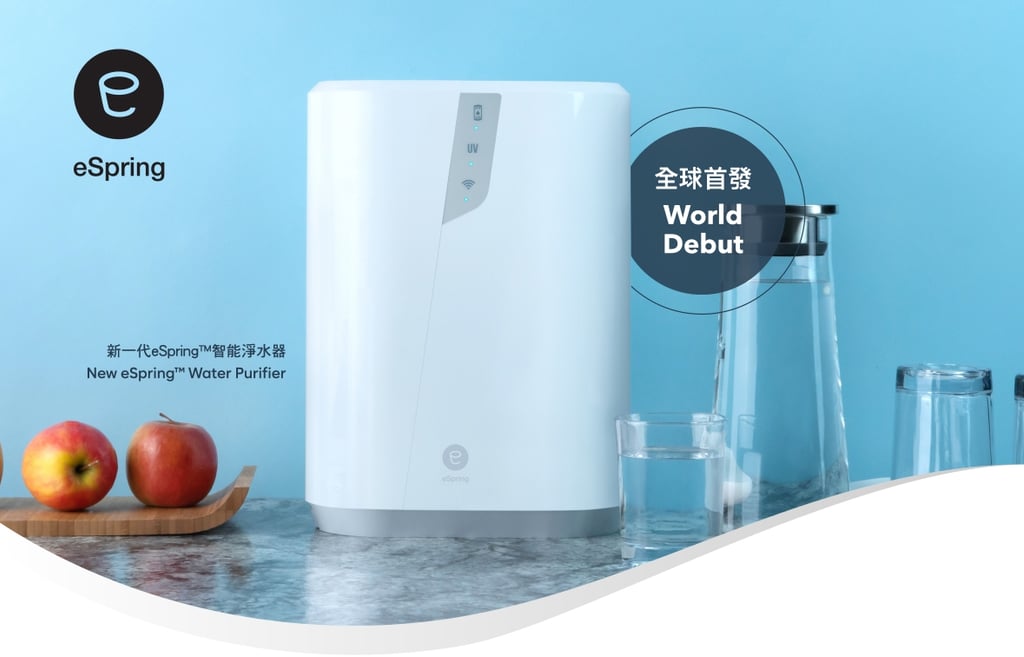

a) Ceramic Filters: Ceramic filters use a porous ceramic material to physically filter out bacteria, sediments, and larger contaminants. However:
Limited Chemical Filtration: While effective at removing pathogens and particulates, ceramic filters generally do not remove chemical contaminants such as heavy metals or pesticides unless they are combined with activated carbon.
Clogging Issues: Over time, ceramic filters can clog, reducing flow rate and requiring regular cleaning or replacement.
Pore Size Limitations: Ceramic filters typically have a pore size of about 0.2 to 0.5 microns, which is effective for bacteria but may not capture smaller viruses without additional treatment.
b) Activated Carbon Filters: Activated carbon filters are widely used in water filtration, but they differ in effectiveness. Lower-end activated carbon filters, typically found in less expensive systems, are often granular rather than block-formed and have a pore size of around 5 microns. These filters can effectively improve the taste and odor of water by reducing chlorine and other organic chemicals. However, they have limitations:
Limited Filtration: Granular activated carbon filters may not remove smaller contaminants such as bacteria, viruses, or heavy metals effectively due to their larger pore size.
Shorter Lifespan: Granular filters tend to have a shorter effective lifespan compared to higher-end carbon block filters, and they can become less efficient at filtration over time.
Lower Surface Area: Unlike carbon block filters, which are denser and provide a larger surface area for adsorption, granular filters offer less contact time with water, which can reduce their effectiveness in filtering out certain contaminants.
These basic activated carbon filters are often combined with other filtration technologies to improve their overall performance. As standalone units, they may not provide the comprehensive protection offered by higher-end systems with more advanced filtration technologies.
c) Reverse Osmosis (RO) Systems: RO systems are known for thorough filtration, removing most contaminants, including heavy metals and pathogens. However, RO has its downsides:
Water Waste: It typically discards 3-4 liters for every liter of purified water.
Mineral Loss: It strips away beneficial minerals like calcium and magnesium. The World Health Organization (WHO) has warned about drinking demineralized water over the long term, as it could lead to mineral deficiencies, and other health risks. It's recommended that drinking water maintains a Total Dissolved Solids (TDS) level between 200-250 mg/L to ensure it contains essential minerals for health. (Source: This study is integrated into the WHO’s report, ‘Nutrients in Drinking Water,’ in Chapter 12).
d) Alkaline Water Systems: Alkaline systems claim to balance your body's pH, detoxify, and even prevent diseases. However:
Limited Evidence: The body already has mechanisms to regulate its pH levels, and there is little scientific evidence supporting these health claims. Notably, a prominent advocate of alkaline water faced legal action for making false medical claims regarding pH levels in the body.
e) Hot-Cold Water Dispensers: These are convenient for providing instant hot or cold water but often lack comprehensive filtration:
Impurity Concentration: Boiling water repeatedly can concentrate any remaining impurities.
Chemical Risks: These systems typically don't address chemical or heavy metal contaminants.
f) Mineral Water Systems: Some systems claim to add beneficial minerals back into the water, but:
Bioavailability Issues: The added minerals may not be in a form your body can readily use.
Insufficient Filtration: Core processes may fall short of removing harmful substances like pesticides or pharmaceuticals.
g) UV Systems: UV light systems kill bacteria and viruses in the water. However:
Limited Scope: They do not filter out physical contaminants like heavy metals or chemicals.
Timing Concerns: Most faucet UV systems activate based on timed cycles, which may not purify water when needed.
h) Hydrogen Water Systems: Hydrogen water systems infuse water with hydrogen molecules, which proponents claim have various health benefits. However:
Lack of Standards: The FDA considers hydrogen water to be "generally recognized as safe" (GRAS), but there is no industry standard for the amount of hydrogen that can be added to water, resulting in varying concentrations across brands.
Research Needed: While some studies suggest benefits, more research is needed to confirm these claims, and some purifiers are priced over RM10,000!
i) Combined Technologies: As consumers seek more comprehensive solutions, combined technologies like Nano + UV or RO + Hot/Cold Water Dispensers have emerged. However:
Effectiveness Debates: Many systems are certified only under NSF Standard 42, which focuses on taste and odor rather than harmful substances.
Gaps in Protection: Even with UV treatment, some systems may not purify the water every time it's dispensed.
While these combined technologies may appear advanced, focusing on the primary goal of water filtration—purity, safety, and health—is crucial, rather than convenience or gadgetry.
2. What to Look for in a High-End Water Filtration System
When shopping for a high-end water filtration system, here are the essential factors to consider:
OEM vs. Proprietary Systems
Many water filtration brands on the market are OEM (Original Equipment Manufacturer) products, meaning they source their parts or entire systems from third-party manufacturers. While these systems may be adequate, they often lack the rigorous quality control of proprietary systems like eSpring, which designs, tests, and certifies their technology in-house.
3. The Verdict: Why eSpring Outperforms the Competition
In the increasingly crowded market of water filtration systems, eSpring has consistently stood out by offering a combination of proprietary carbon block technology, UV-C disinfection, and superior NSF certifications. Not only does it address taste and odor concerns (NSF 42), but it also provides advanced protection against a wide range of harmful substances (NSF 53, 55, 401). Its certifications speak for themselves, giving consumers peace of mind that their water is as pure as possible.
In a world where clean, safe drinking water is not always a guarantee, investing in a high-quality filtration system is one of the smartest decisions you can make. And with features like UV-C disinfection, premium carbon filtration, and certifications across the board, eSpring proves itself as one of the most reliable systems on the market.
With a certified track record, proprietary technology, and a dedication to ensuring your family’s health, it’s hard to beat what eSpring offers. If you’re serious about your water quality, you should seriously consider making the switch to eSpring.
Takeaway
When you purchase a water filtration system, it’s about much more than just convenience. It’s about ensuring the water you and your family drink is clean, safe, and free from harmful substances. Remember, you get what you pay for, and eSpring offers a robust solution that’s worth the investment. Your health is priceless, and so should be the water you drink.
Return to:
eSpring Premium Carbon Filter Technology
The eSpring water purifier stands out for its high-performance advanced e3 activated carbon filter, crafted from coconut husks and activated using steam (not chemical) processes at 900°C. This process creates ultra-fine pores, enabling the filter to capture a wide range of contaminants, including bacteria, chlorine, pesticides, heavy metals, and even pharmaceutical residues.
The e3 carbon filter is composed of multiple filtration layers, each designed to maximize the system’s efficiency:
Pre-filter: This component is designed to capture larger particles, such as sand, dirt, and grit, that can affect water clarity and put strain on the subsequent filtration layers. By removing these larger particles first, the pre-filter helps to prolong the lifespan and effectiveness of the more sensitive filtration layers that follow.
Defense Guard: This layer is a more advanced filtration system that utilizes a microporous membrane to target smaller contaminants, including microplastics, asbestos, and cysts. Its design allows for precise particle capture while maintaining a high flow rate, ensuring that water can be filtered efficiently without sacrificing quality.
Sterilizing-Grade Filter: A sterilizing-grade activated carbon filter with an impressive 0.2-micron pore size, allowing it to trap particles smaller than many standard filters such as volatile organic compounds (VOCs), pharmaceuticals, and heavy metals, surpassing even the 0.5-micron ultra-fine filters in performance.
In addition to its certification under NSF Standards 42, ensuring it addresses taste and odor, eSpring's e3 carbon filter is also certified under NSF Standards 53 and 401, verifying its ability to reduce over 170 contaminants, including microplastics, volatile organic compounds (VOCs), Perfluorooctanoic acid (PFOA), and Perfluorooctanesulfonic acid (PFOS), as well as 19 pharmaceutical wastes like ibuprofen and acetaminophen, ensuring water safety. Additionally, it preserves essential minerals like calcium and magnesium for overall health benefits.
Fun Facts: Compared to other carbon filters, coconut shell-activated carbon is more sustainable, environmentally friendly, and offers superior filtration due to its higher microporosity, mechanical strength, and minimal leaching, resulting in cleaner water. Coconut shells provide a renewable carbon source, are harvested year-round, and contribute to sustainable practices, making them an excellent choice for high-performance filters.
eSpring Advanced UV-C LED Technology
Now, imagine combining this sterile filtration system with UV-C technology. If any bacteria or viruses manage to slip through the filter, the UV-C disinfection system steps in to handle the rest. The eSpring UV-C light inactivates pathogens by damaging their DNA, preventing them from reproducing or causing infections. It's an extra layer of defense, ensuring the water is not only clean but also microbiologically safe to drink.
A standout feature in this high-end water-filtering system is the integration of Klaran UV-C LEDs. Developed by Amway, these LEDs effectively destroy microorganisms like bacteria and viruses, achieving:
99.9999% Reduction in bacteria
99.99% Reduction in viruses
99.9% Reduction in cysts
eSpring's UV-C LEDs emit high-energy ultraviolet light in the average wavelength range of 267 nanometers, which is particularly effective for disinfection. Amway is the first company to have a water treatment system with UV-C LED technology certified by NSF to NSF/ANSI Standard 55 for Class B microbial reduction.
Not all UV filtration systems offer the same level of performance. UV-C LEDs come with several advantages:
Environmentally Friendly: They eliminate heavy metal concerns.
Compact Design: Easy integration into innovative designs.
Instant Operation: No warm-up time required.
Unlimited Cycling: On/off cycles do not impact LED lifespan.
Temperature Independent: Suitable for purification without thermal concerns.
Wavelength Selection: Configurable wavelengths enhance disinfection effectiveness.
NSF Certifications
A truly effective water filtration system should be certified by multiple NSF standards to ensure comprehensive protection. Look for certifications like:
NSF 42: for aesthetic concerns like taste and odor.
NSF 53: for health-related contaminants such as lead, mercury, and volatile organic compounds (VOCs).
NSF 55: for UV microbiological water treatment.
NSF 401: for emerging contaminants like pharmaceuticals, pesticides, and industrial chemicals.
Don’t just rely on marketing claims mentioning NSF certification—verify it yourself by visiting nsf.org. You can search by the manufacturer, brand, or even component to see exactly which NSF standards apply.
Transparency is key—premium systems should provide a detailed list of contaminants they can remove. For example, the eSpring system is certified to remove over 170 contaminants, a level of transparency that many other brands don’t offer. Don’t just rely on marketing claims mentioning NSF certification—once again, verify it yourself by visiting nsf.org.
Convenience and Maintenance
Look for features that enhance convenience, such as:
Smart App Connectivity: The system will notify you when it’s time for a filter change, ensuring your water stays consistently fresh and safe.
Easy Maintenance: Changing the filter is a breeze (2 minutes is all it takes!), requiring only an annual replacement. There’s no need to worry about tools or setting up appointments with a technician.
A once-a-year filter change without compromising water quality is commendable. Systems that allow for hassle-free maintenance ensure that you won’t experience unnecessary downtime or difficulty in keeping your water supply pure.
The eSpring system is also sustainable: One e3 Carbon Filter treats up to 5,000 liters of water per year—equivalent to 10,000 bottles of water. This helps reduce plastic waste and provides better value in the long term.
